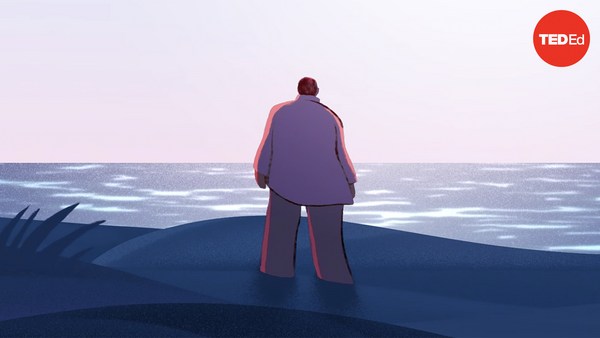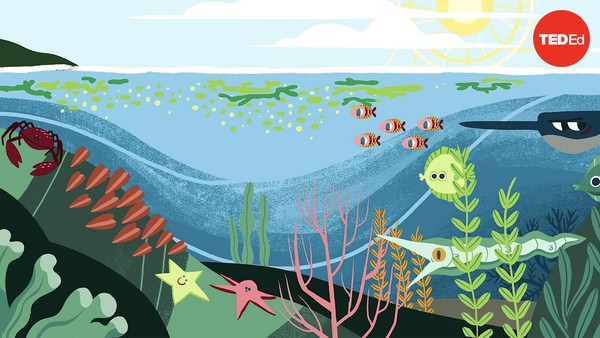In 326 BCE, the mighty army of Alexander the Great was exhausted. Tired of monsoon rains and fruitless fighting in India, Alexander’s forces mutinied and demanded a retreat. But their bad luck followed them home. While marching along the Indus River, the water’s current suddenly reversed and a massive wave crashed down on the weary soldiers. This unexpected event was a tidal bore, a phenomenon that occurs when extremely high tides push seawater up a river. The wave was likely quite the shock for Alexander, who was accustomed to the Mediterranean’s mild tides. But tidal bores are just one of many ways tides can surprise.
2,000 years after Alexander, Isaac Newton deciphered the laws of gravity and offered the first gravitational explanation of tides. As Newton correctly identified, tides are choreographed by the motions of celestial objects, and Earth’s tides in particular are mostly driven by the Moon. Many coastal communities connected lunar and tidal activity long before Newton, but the precise nature of this relationship is actually quite nuanced.
The attractive force of gravity gets weaker with distance, so the Moon’s gravity tugs strongest on the side of the Earth that faces it. There, gravity pulls the oceans up into what’s called a tidal bulge. Yet at the same time, another tidal bulge forms on the planet’s opposite side. This might seem like gravity defying behavior. But that’s because we often think of the Moon as orbiting the Earth, when in reality, the Earth and Moon orbit each other around a shared center of mass roughly 1,700 kilometers below the planet’s surface. In this context, the Earth is like a child holding on to a carousel. And just like a rider’s hair flies out behind them, Earth's water stretches away to create that second tidal bulge. Within that orbit, the Earth rotates once a day, moving points on its surface in and out of these bulges. This results in two daily high tides when areas are inside each bulge, and two daily low tides when places are between them.
But as Newton recognized, it’s not just the Moon’s gravity that pulls on Earth— our Sun tugs the tides, too. In fact, the Sun is why tidal strength varies with the phases of the Moon. Lunar phases coincide with different gravitational lineups of the Moon, Sun, and Earth. For example, high tides are highest when the Moon is full, creating extreme spring tides. And low tides are lowest when the Moon is half-full, making tiny neap tides. Subtleties in the orbits of these celestial bodies introduce even more complexities and tidal varieties. And the strength of all these tides depends on the local landscape. Flat, enclosed lakes and seas generate the weakest tides, while bays and narrow inlets produce the strongest.
Well, at least the strongest tides on Earth— there are even more dramatic tidal forces on our solar system's other celestial bodies. Millennia of Jupiter and Saturn’s gravitational kneading has generated enough heat on their respective moons of Enceladus and Europa to create oceans beneath their icy crusts. Jupiter’s moon Io endures the strongest tidal forces in the solar system, fueling intense volcanic activity. And in other planetary systems, some planets orbit so close to their stars that extreme tidal forces lock them in place. This tidal locking can leave the sun-facing hemisphere boiling while the other freezes in eternal night.
You won’t find a half-melting, tidally-locked planet in our solar system, but given enough time, tidal forces would lock the Earth to the Moon. As Earth’s oceans churn to keep pace with the Moon, the water creates friction that slows our planet's rotation. And after roughly 50 billion years, this process will have slowed Earth down enough for it to become tidally locked to the Moon. But before you start to sweat, you can take solace in the knowledge that the Sun will have already died and taken Earth with it billions of years earlier.


